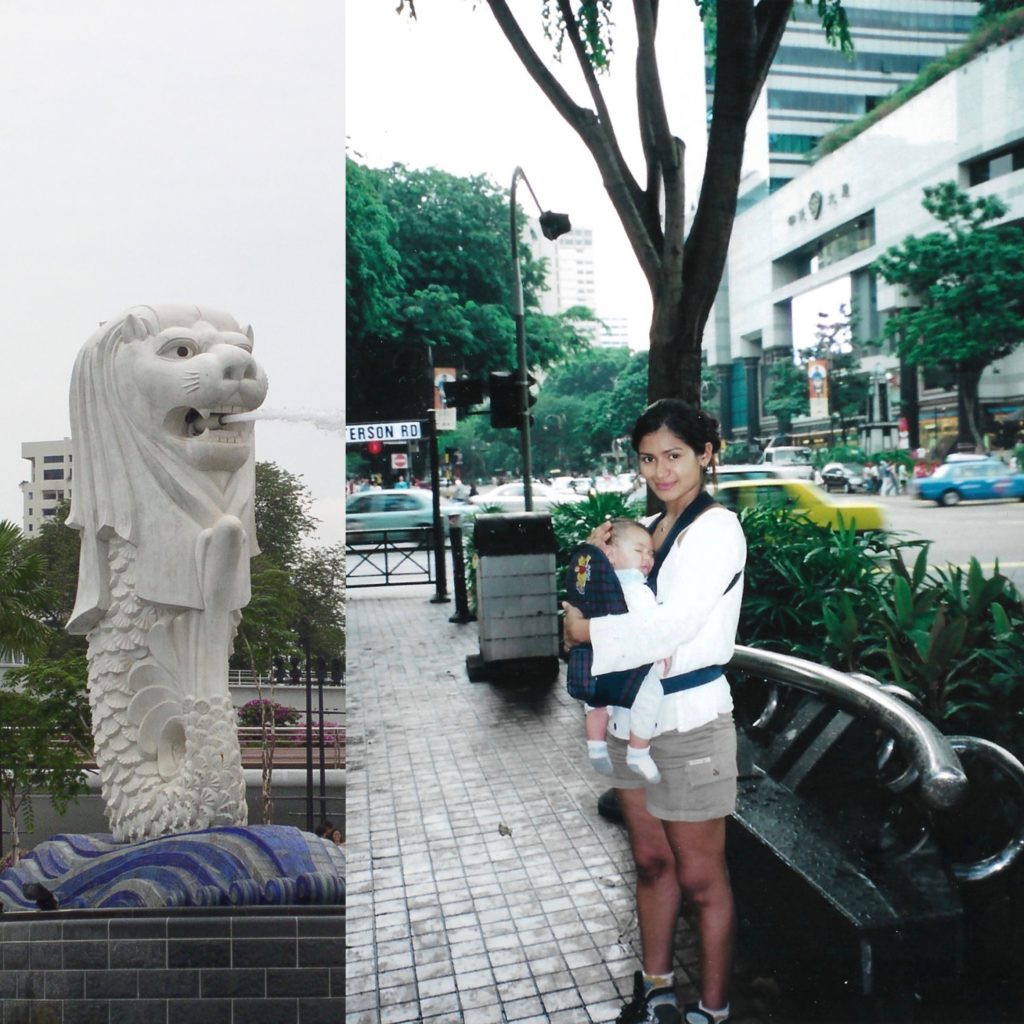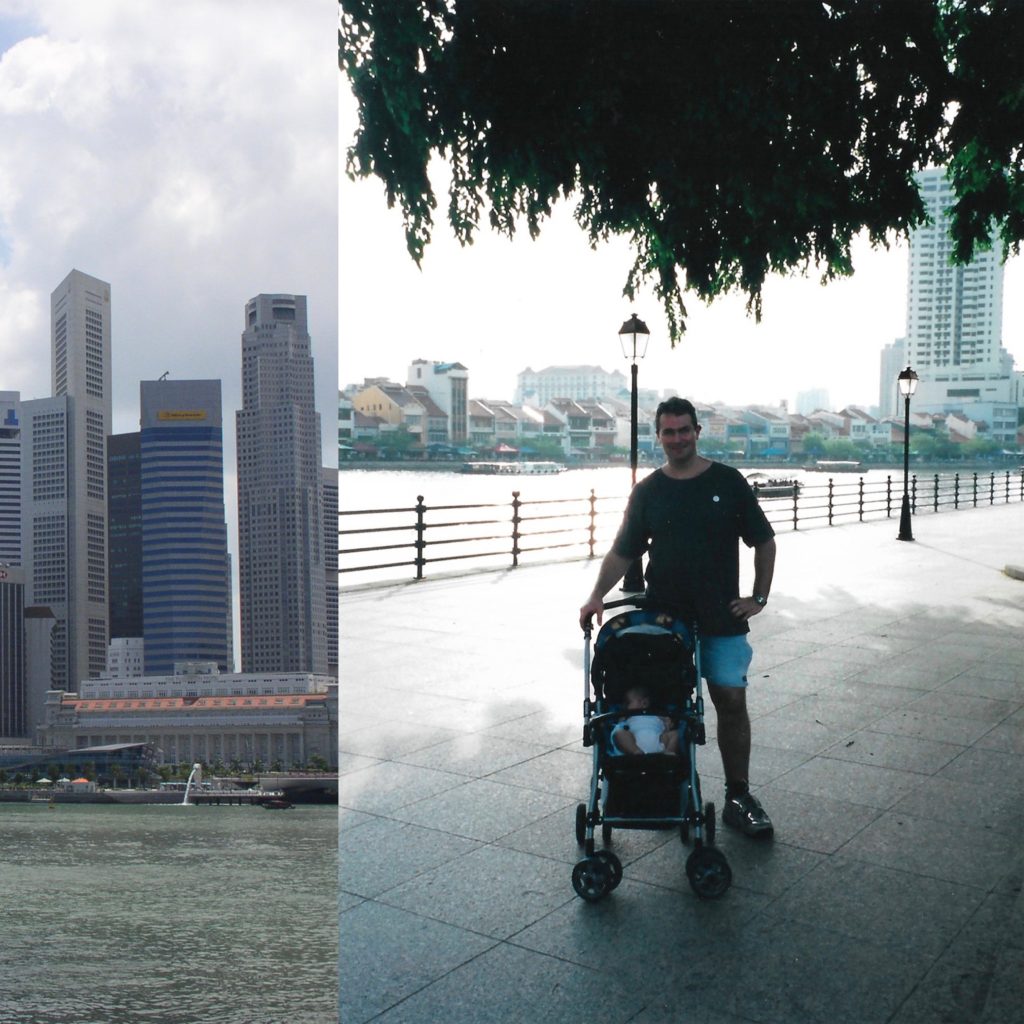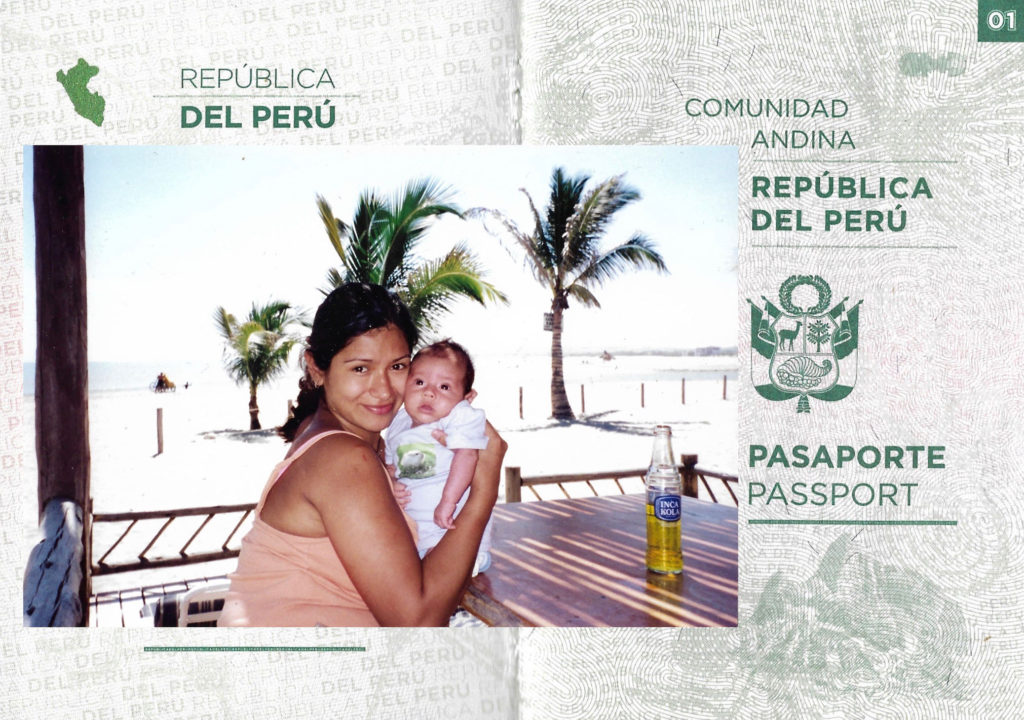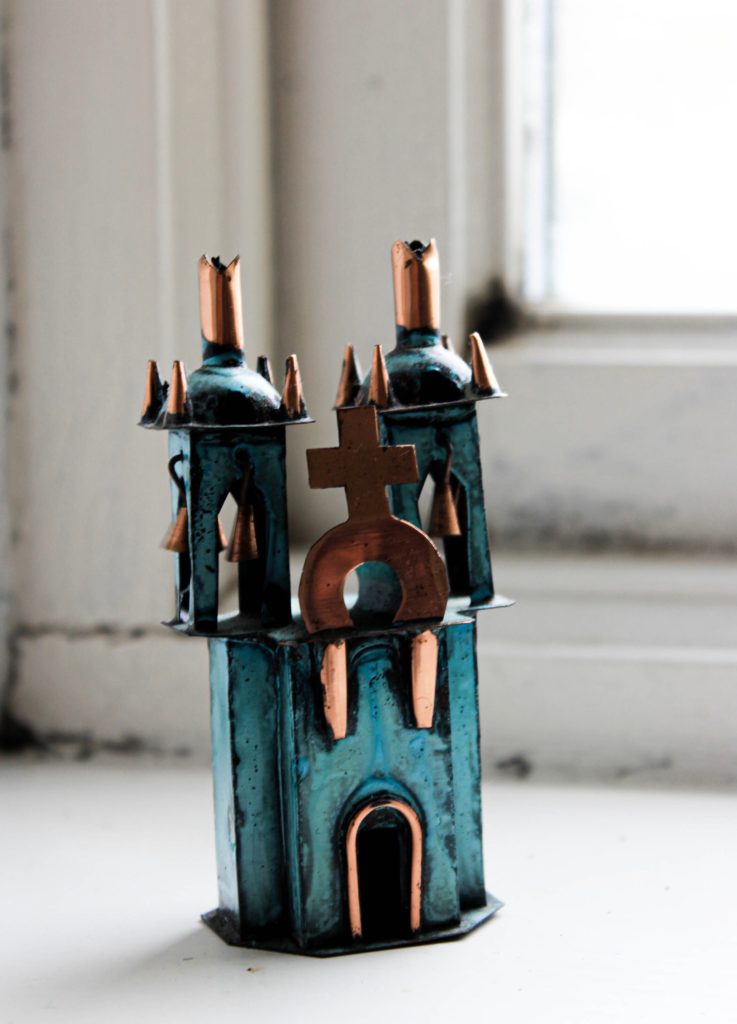This post presents my final outcomes for this personal investigation. Included below, not in any particular order, is every piece that I managed to produce for my study. I am satisfied with the final outcomes since it fulfils my desire to experiment with as many different techniques and methods as possible, both traditional and digital. Every outcome has helped me explore my mixed identity and the different cultures I have been exposed to during childhood. Ultimately, I wanted to investigate memories, displacement and identity through the use of archival imagery as well as different mediums in order to uncover my family story. Creating these pieces has helped me self reflect upon what I have left behind while shifting countries as well as remembering those moments.



The three images above are inspired by Claudia Ruiz Gustafson. To begin the narrative for my photo-book, I created collages that depict the family from both my mother’s and father’s side. The first image showcases the family from my mother’s side, all sat on the living room sofa staring directly at the camera. In order to create a collage, I scanned a colourful Peruvian fabric to be displayed as the background. This sends a clear message to the viewers that my mother comes from South America due to the textile art presented. This composition is inspired by Claudia who combines archival images with fabric in order to uncover her family’s personal story. Peru is the country with the longest tradition of textile production, going back over 10,000 years. They dyed alpaca fiber and wove it into specific patterns and shapes, representing the areas and the family the weaver was from. Peruvian textiles mainly consist of vibrant colours and striking designs. The second image juxtaposes with the first collage because now I am presenting the family on my father’s side. I wanted to display an image similar to the first composition where all family members are present. This photo depicts his family eating dinner in their house located in Mojácar, a place that they regularly visited during the holidays. My Grandparents now live there permanently since they reached retirement. In order to showcase where they are originally from, I decided to attach a British stamp in the right corner. The third digital collage tells the story of when my father moved to Peru. Since my father is a geography teacher, he takes the opportunity to go travelling whenever he can. Through applying to jobs in different countries, he ended up in Peru which is where he met my mother Isabel. The two images showcase the culture in Peru and the different locations he visited once he arrived. The photograph below depicts my father visiting Machu Picchu for the first time, an iconic landmark in Peru. On the right side is another piece of Peruvian fabric I decided to incorporated into my digital collages.


The two digital collages are also inspired by Claudia and depict the time when my family decided to move over to Singapore. I scanned two separate images and decided to combine them together through Photoshop. The archival images on the right display my mother and father looking after me as a baby. On the left side of each collage, I decided to combine the photographs with an iconic landmark from Singapore.




The following outcomes are also inspired by Claudia Ruiz Gustafson. I have created digital compositions which incorporate archival documents. The first image depicts a snapshot of my parent’s wedding and layered on top using blending mode lighten is their marriage certificate. The second image displays the day I was born. The right side contains my birth certificate and layered on top of the archival image is the band I had around my wrist in the hospital. The third image also incorporates an important document which is my mother’s Peruvian passport. Layered on top is an archival image which depicts the first few months we spent in Peru before we shifted countries. The fourth collage was created with a London postcard. London is a place we regularly visit because a few of our family members live there. I created this through Photoshop by erasing all the unnecessary space within the rectangular frame and replacing it with an archival image which depicts me and my father in front of London Bridge.



The three photographs above are current photos that I have captured in order to juxtapose with the archival collages. Claudia Ruiz Gustafson does this in her series Historias Fragmentadas to document and contrast different time periods. The first two images were taken in the same location in my house to display them as souvenirs. The first image depicts a handmade copper and bronze Ayacucho Church sculpture. I decided to photograph this sculpture because my mother’s family side are Christians and they regularly attend church. It is also displayed as a metaphor “hearing the wedding bells ring” as a sign of the upcoming marriage between my parents. The second image is also a souvenir from Peru and depicts three people closely bonded through textile. This represents me and my parents strong connection together as well as our connection to Peru since its where my mother and I were born and where my mother and father met. The third image depicts a current photograph of my mother’s hand wearing her wedding ring.



For these photo-manipulations, I used thread for my archival images to be sewn over with geometric patterns. I recreated the abstract aspect of Annegret Soltau’s work by joining facial features together with thread. In order not to destroy the original image, I photocopied all the photographs. I specifically chose a photograph which had a close up of my face in order to see the patterns through line. I think these photo manipulations were a success as I managed to recreate Annegret Soltau photomontages with my own archival images. I think this photo manipulation portrays the idea of identity, specifically questioning personal identity on an abstract scale. I liked the symbolism behind her work and wanted to incorporate that into my own work. I wanted the thread to act as a metaphor for the displacement in my life. the thread showcases that movement doesn’t necessarily mean freedom. Although constant movement can be exciting it doesn’t allow you to settle down in one place. It’s restricting in the way that you feel out of place, a sense of not feeling like you belong at “home”.




These collages are influenced by Carolle Benitah as well as Claudia Ruiz Gustafson. They depict countries where I used to live or places where I have visited during childhood. I have replicated Benitah’s series Photo Souvenirs by reworking old family snapshots. I have mainly used red graphic ink pen in order to draw illustrations on top of the images. I created these red marks as a metaphor for leaving my traces behind in each country.


These photo montages of my parents are inspired by John Stezaker who overlays images. I have recreated Stezaker famous series called Mask where he fuses sitters with natural landscapes or architecture in order to create a new outcome. I chose to recreate John Stezaker’s collages because I like the concept of hiding facial features of subjects. I photographed my parents together and used archival images from Peru to layer on top of their faces. These photographs were taken on their first trip together around Peru as a couple. I captured portraits of my parents since when I think of “home” I associate it with them since I haven’t had a long term house or place I have lived at. I chose to have the portraits in black and white in order to contrast with the colourful archival image concealing their faces. The landscape images on the foreground take the place of facial features beneath.


Similar to Claudia Ruiz Gustafson, I have continued my exploration of my cultural identity by creating photomontages which merges self portraits from present time with archival images to exhibit how my cultural identity has shaped me as an individual. I created these double exposures on Photoshop to be able to blend my self portraits with archival images that my parents have captured from Peru and England. The self portraits are head shots so I could focus on altering the area around the head. I captured the self portraits with a white backdrop behind me in order to have a cleaner background when doing a double exposed portrait. In order to create these digital collages, I opened two images on Photoshop: a self portrait and the image I intend to blend myself with. I then converted both images into black and white so the colour of my skin and the image blend together through tone. Having the image placed on top of the portrait, I used the blending mode lighten so some areas are transparent while others remain the same. To complete the edit, I adjust the contrast and exposure on both images to obtain a result where the human face is mixed with landscape or architecture. I would say that these final outcomes are a success because the digital collages create a “mysterious world, halfway between dream and reality”. I have enjoyed creating these illusions through photo manipulation techniques because it’s a creative way of making photo montages instead of physically altering the image.
